Production Defects - Products, parts, services, units, semi-finished products having a quality that does not meet technical conditions or standards. They cannot be used for their intended purpose or can only be used after correcting defects. 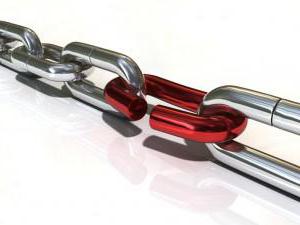
Classification
The following types of marriage:
- Amendable. Products in this case can be used after elimination of deficiencies.
- Final. The product cannot be fixed, or the elimination of defects is not economically feasible.
- Interior. Such manufacturing defect detected before sending products for sale.
- External. This manufacturing defect detected by consumers.
Postings
Accounting manufacturing defect carried out on the account. 28. All expenses on detected defects are collected in the debit of the account before being sent for sale and after sale. The loan reflects the amount that will have to pay perpetrators of manufacturing defects. As a rule, deduction from earnings, deprivation of premiums, other penalties and deductions, other amounts attributable to the reduction of losses are carried out. The latter, in particular, include the cost of low-quality products at the price of their possible use.
When compiling a credit and debit turnover, the accountant determines the total amount of losses. Write-off of production defects carried out at its cost from inv. 28 in the sc. 20. Losses include the cost of quality products of the appropriate type. Analytical accounting is carried out for individual divisions of the enterprise, cost items, types of goods, circumstances of marriage, as well as persons involved in this.
Correctable defects
When they are identified, the write-off of the value of the marriage with the account. 20 and 43 are not performed. By count 28 in this case reflect only the costs associated with the elimination of defects. These include:
- The cost of additional raw materials, materials used in the process of eliminating deficiencies.
- The salary of employees performing the correction of defects. Accrual is carried out with the corresponding mandatory deductions.
- Depreciation of equipment used in the repair process.
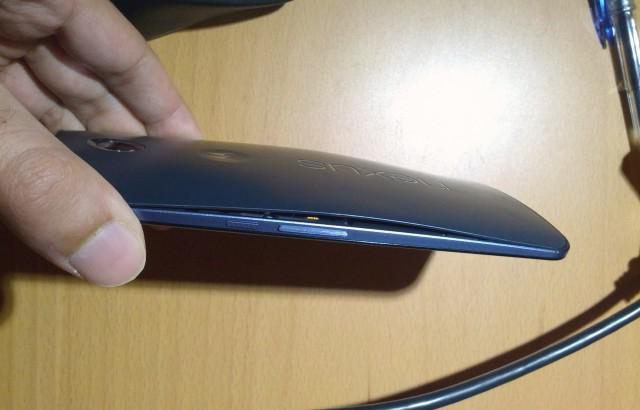
The composition of the costs also includes indirect costs of the workshop, which corrects manufacturing defect. When the distribution of costs between different types of products manufactured in it, and remodeled goods closes. 25. If there is an external disposable manufacturing defect (identified by the consumer), transportation expenses will also be included in the composition of the correction costs. They are the costs of delivering low-quality goods from the buyer to the enterprise, to a specific workshop where the alteration will be carried out, as well as the return transportation of fixed material values.
Final defects
The cost of everything what is a manufacturing defect, which cannot be corrected, is transferred to DB sc. 28. The generated amount will be considered as expenses for low-quality products. If it is identified before the acceptance of finished goods in the warehouse, the write-off is carried out with Cd mid. 20.
In case of detection of defects after posting (for example, before shipment to the consumer), the cost is transferred from cd mid. 43. The same account is usually used if identified hidden manufacturing defect (after sale to the buyer). In other words, defective goods are returned. The operation is carried out with the preparation of reversal records, which cancel the sale of defective products.If defective products or their components can be used (for example, to be turned over for scrap), they will be credited to the account. 10 subch "Other materials" at the cost of possible use. 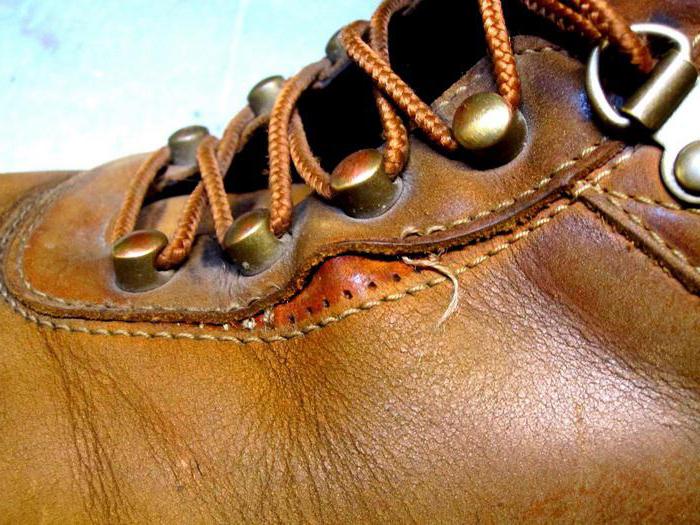
Nuances
In the case of the identification of the specific culprits of the marriage, the amount to be recovered from them shall be transferred from Cd. 28 in:
- Db sc 73, subch. "Calculations related to compensation for material damage" - if the employee of the enterprise is involved in the admission of defects.
- Db sc 76, subch. “Settlement of claims” - in cases where third parties (contractors, suppliers, etc.) are guilty
When the debit turnover is ct. 28 there are more amounts by which losses are reduced and which are reflected in Cd. 28, the difference is the loss to be transferred to in dB sc. 20.
Specifics of taxation
Losses from defective products can be reflected in the "other costs" associated with the release and sale, in accordance with sub. 47, paragraph 1, 264th article of the Tax Code. In this case, it is necessary to take into account a number of nuances. First of all, it should be said that marriage concept not fixed by law. Accordingly, it can be applied in the sense in which it is disclosed in regulatory acts on the maintenance of accounting documentation (PBU). From this it follows that the costs in the form of losses from defective products may include the costs of internal marriage detected at the stage of production or sale, as well as external shortcomings identified by consumers during installation, assembly, operation. This conclusion is confirmed by the letter of the Ministry of Finance of April 29, 2008. 
Return Operations
The indicated letter suggests several options for accounting:
- Recalculation of the tax base for deduction from profit for the time period in which the defective product was sold. Due to the fact that in the event of a return the sales contract will be considered terminated, the payer may reduce the amount of profit by the amount of income from the sale of defective products. The amount of costs, in turn, the company has the right to reduce the cost of goods returned by the buyer.
- Assignment of expenses in the form of the price of products to losses from marriage. It seems that in this case the amount to be returned is the amount to be returned to the purchaser of the defective product. The Ministry of Finance emphasizes that the costs of issuing low-quality values have already been taken into account in the implementation. Accordingly, the cost of returned products will be recognized equal to zero.
In addition, the letter explains that as part of losses from defective goods, documented, justified costs associated with their return can be recognized. 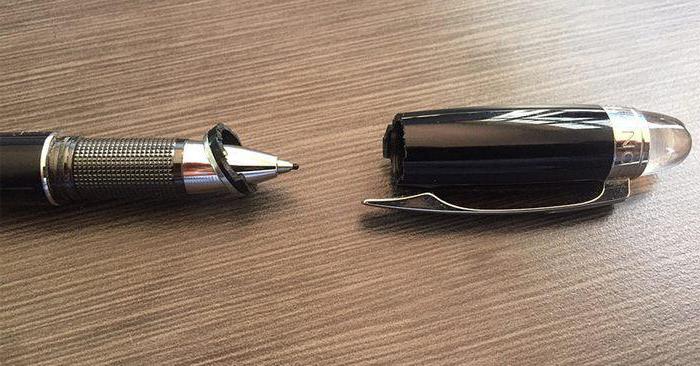
Indemnification
When deciding on compensation for damage, the fact of identifying the perpetrators is of particular importance. As they can be not only direct employees of the enterprise (for example, employees who violated the technology), but also third parties. For example, the equipment stopped during a sudden outage, the supplier shipped low-quality raw materials, the use of which became the cause of the marriage. Claims to third parties can be made according to the rules of the Civil Code.
As for the perpetrators who are employees of the organization, then they are recoverable from them within the framework of the Labor Code. In accordance with Art. 241 of the Code, if an agreement on liability was not concluded with an employee, then an amount not exceeding the amount of his average monthly earnings can be recovered from him. For this, an order is issued within a month by the head. The course of the specified period begins from the date on which the final amount of the damage is established. If the deadline has expired or the employee refuses to voluntarily compensate for the losses, recovery is carried out through the court.
Defective Labor Act
The uniform form of this document is not provided by law.The company has the right to independently develop a form that will be filled in if certain types of marriage. The approved form should be fixed by the internal policy of the company.
As a rule, the responsibility for detecting defects in products is assigned to the technical control department. They reveal manufacturing defects, reasonsby which it occurred, persons involved in its occurrence. They clarify all clarified circumstances in the form approved by the enterprise. However, defects may be identified by the consumer. We have already mentioned the operation of returning defective goods. It is worth saying that in order to receive compensation for the cost paid for a defective product, the buyer must know what is included in marriage concept. An unconditional defect is considered to be the condition of the goods in which its use is impossible or substantially difficult. If such defects are identified, the consumer fills out the act and draws up a claim. 
Features of the compilation
The document must contain the required details provided for official papers. These include the name of the company, location address, contact information. In addition, there should be a title of the document "Marriage Act", information about the leader, signature, decryption, date of execution. Data on defective products is recommended in the form of a table. It indicates defective products, nomenclature. The table should include information about the unit of measurement and the number of defective products. For each case of marriage, an appropriate reason is indicated. In the event that persons involved in the occurrence of defects are identified, information is also provided about them (name, position).
Procedural Issues
The marriage certificate is executed in 3 copies. The first is transferred to the accounting department, the second to the workshop where the defect was discovered, the third to the materially responsible employee. If an external defect has been identified, the act along with the claim is sent to the manufacturer. A commission is formed to confirm the fact of detecting a defect. Its members sign at the end of the document.
Quality Management Misconceptions
Many managers, unfortunately, do not understand why accounting for production defects is necessary. They believe that the occurrence of defective goods is a natural process in the course of production. Meanwhile, proper registration of marriage allows you to timely identify the circumstances in which it occurs and, accordingly, take measures to reduce its volume.
One of the common misconceptions is that the solution to quality problems is the sole prerogative of the enterprise. Shop managers often complain that they have to work on equipment that is technically and morally worn out. By this they argue the occurrence of defective products and argue that the acquisition of new units will help get rid of the problem. Meanwhile, not every enterprise has sufficient funds to purchase modernized equipment. However, as the experience of many companies shows, even without large capital investments, it is quite possible to reduce the number of defective products. This is achieved through the establishment of more efficient technological operations.
The typical answer of technologists and managers to the question about marriage is difficult to identify its causes. Of course, such situations occur in the enterprise. However, in most cases, the causes of marriage are not only difficult to identify, but can also be grouped according to common features. As a rule, defects arise in case of violation of the technological process, due to oversight, negligence, due to the use of low-quality raw materials. When grouping the circumstances, literate records of defective products will be of great importance.
Another fairly common misconception lies in fears that the elimination of defects may take a long time.As a rule, this argument is used to explain the reasons for too slow system operation or its complete absence. Meanwhile, practice confirms the operation of the Pareto principle. According to it, 20% of production problems account for 80% of defective products. Accordingly, by eliminating the most significant failures, the volume of defective products can be significantly reduced. 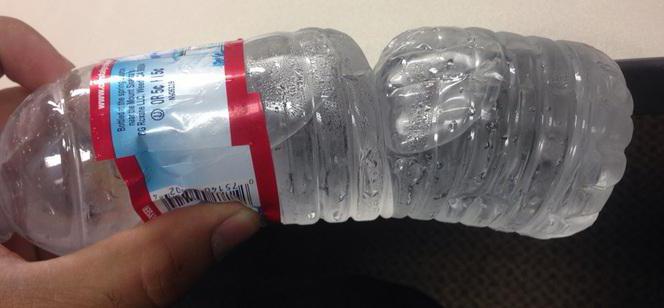
How to eliminate manufacturing defects?
Consider the general recommendations of specialists. Methods for eliminating production defects will depend on the causes of its occurrence. If defects are caused by the use of low-quality raw materials, it is necessary:
- Find out the material supplier.
- Organize quality control at the stage of receipt of raw materials at the enterprise.
- Include in the agreement with suppliers a clause on the possibility of a fine in case of defects in materials.
If the marriage is connected with the operation of the equipment, you need:
- Determine the period of maintenance and repair of units, establish individual responsibility for its non-compliance and low quality of work performed.
- Track on which machine a particular product is manufactured. If marriage is discovered, it will be possible to quickly install the equipment on which the corresponding product is created.
If the release of defective products is due to technology, it is necessary to conduct a conversation with the technologist and employees. In most cases, they know which methods are imperfect. It should not be forgotten that the introduction of any new technology should be economically justified. If the marriage is connected with the conditions of work, it is necessary to collect staff proposals to improve the situation in the workplace. Of course, all standing requests should not be forgotten. If the marriage is associated with irresponsibility and lack of professionalism of employees, it follows:
- Build an attractive staff motivation system.
- To oblige workers to stop the production line in case of substandard materials and notify their immediate superiors.
- Implement automated process management systems. This will minimize the human factor.
Conclusion
The lean manufacturing system uses a term like bye-yoke. It involves the creation of such conditions at present, under which in the future the employee will not have the opportunity to repeat the mistake and allow the release of the defective product. An important condition for maintaining the high quality of goods is the creation of an effective staff motivation system. For example, significant bonuses may be provided for employees who have reduced the percentage of rejects compared to the standard. Of course, one should not forget about the improvement of technology and timely modernization of equipment. In this case, it is necessary to conduct staff training on new machines.